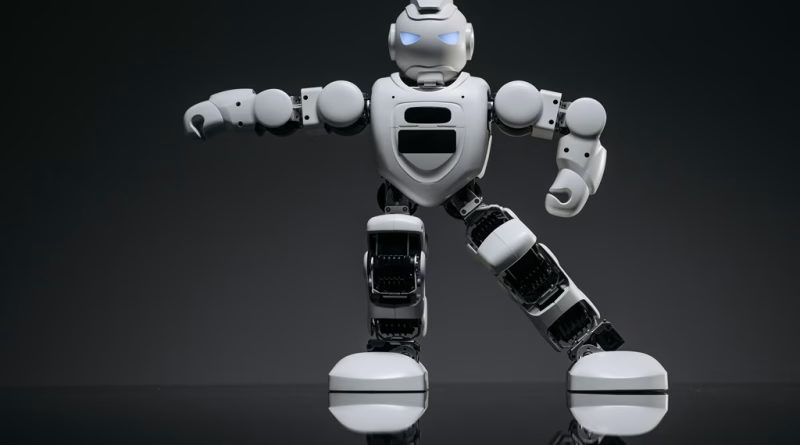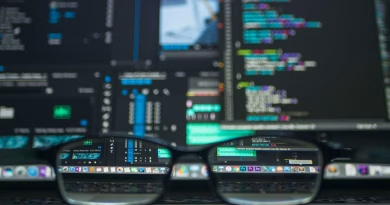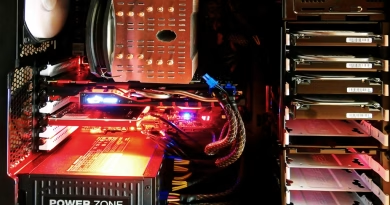How AI is Being Used to Fight Climate Change
The narrative around artificial intelligence often focuses on two extremes: the utopian promise of super-intelligent assistants and the dystopian fear of job losses or rogue AI. But one of the most significant and immediate applications of AI is happening in a different arena entirely: the global fight against climate change.
While it’s true that the data centers powering these massive AI models consume a great deal of energy, AI is also proving to be one of our most powerful weapons for building a more sustainable future. By analyzing incredibly complex systems and finding patterns that are invisible to humans, AI is being deployed across industries to reduce waste, optimize energy, and create a greener economy.
Here are some of the key ways AI is being used to fight climate change right now.
1. Creating Smarter, More Efficient Energy Grids
Our traditional power grids are wasteful. To prevent blackouts, utility companies have to produce a surplus of energy that often goes unused. The rise of intermittent renewable sources like wind and solar makes managing this grid even more complex.
- How AI Helps: AI platforms, like the one used by Google’s DeepMind, can analyze massive datasets—including weather forecasts, historical demand, and energy generation—to predict exactly how much power a city will need at any given moment. This allows utility companies to more efficiently route power, reduce surplus generation from fossil fuels, and make the grid more stable. When a wind farm is producing a huge amount of energy, the AI can intelligently decide whether to send that power to the grid or store it in massive batteries for later.
2. Supercharging the Discovery of New Materials
The fight against climate change requires new materials—for better batteries, more efficient solar panels, and greener industrial processes. The traditional process of discovering new materials is slow and laborious.
- How AI Helps: Scientists are now using AI models to accelerate this process exponentially. An AI can analyze the properties of millions of known chemical compounds and predict new, stable combinations that might have the specific properties needed for a new technology. For example, AI is being used to discover new catalysts that can create plastics from C02, or to design new electrolytes for more efficient, longer-lasting batteries.
3. Optimizing Global Supply Chains
The complex network of ships, planes, and trucks that moves goods around the world is a massive source of carbon emissions.
- How AI Helps: AI is being used to optimize every aspect of this network. It can analyze global shipping routes to find the most fuel-efficient paths, predict port congestion to reduce idling times for massive container ships, and help companies create more efficient “last-mile” delivery routes for their trucks. Each small efficiency gain, when scaled globally, adds up to a massive reduction in emissions.
4. Revolutionizing Agriculture for a Smaller Footprint
Agriculture is a major contributor to greenhouse gas emissions, particularly through the use of fertilizers and land-use changes.
- How AI Helps: “Precision agriculture,” powered by AI, is making farming far more sustainable. Drones equipped with AI-powered computer vision can analyze fields to identify the specific areas that are suffering from pests or nutrient deficiencies. This allows for the targeted application of pesticides and fertilizers, dramatically reducing the total amount used. AI can also analyze satellite imagery to monitor deforestation in real-time, helping to combat illegal logging and protect vital carbon sinks like the Amazon rainforest.
AI is not a silver bullet that will solve climate change on its own. However, it is a powerful analytical tool that is allowing us to tackle these immense, complex problems with a new level of intelligence and efficiency. It’s providing the insights we need to build a smarter, more sustainable world.




